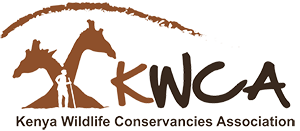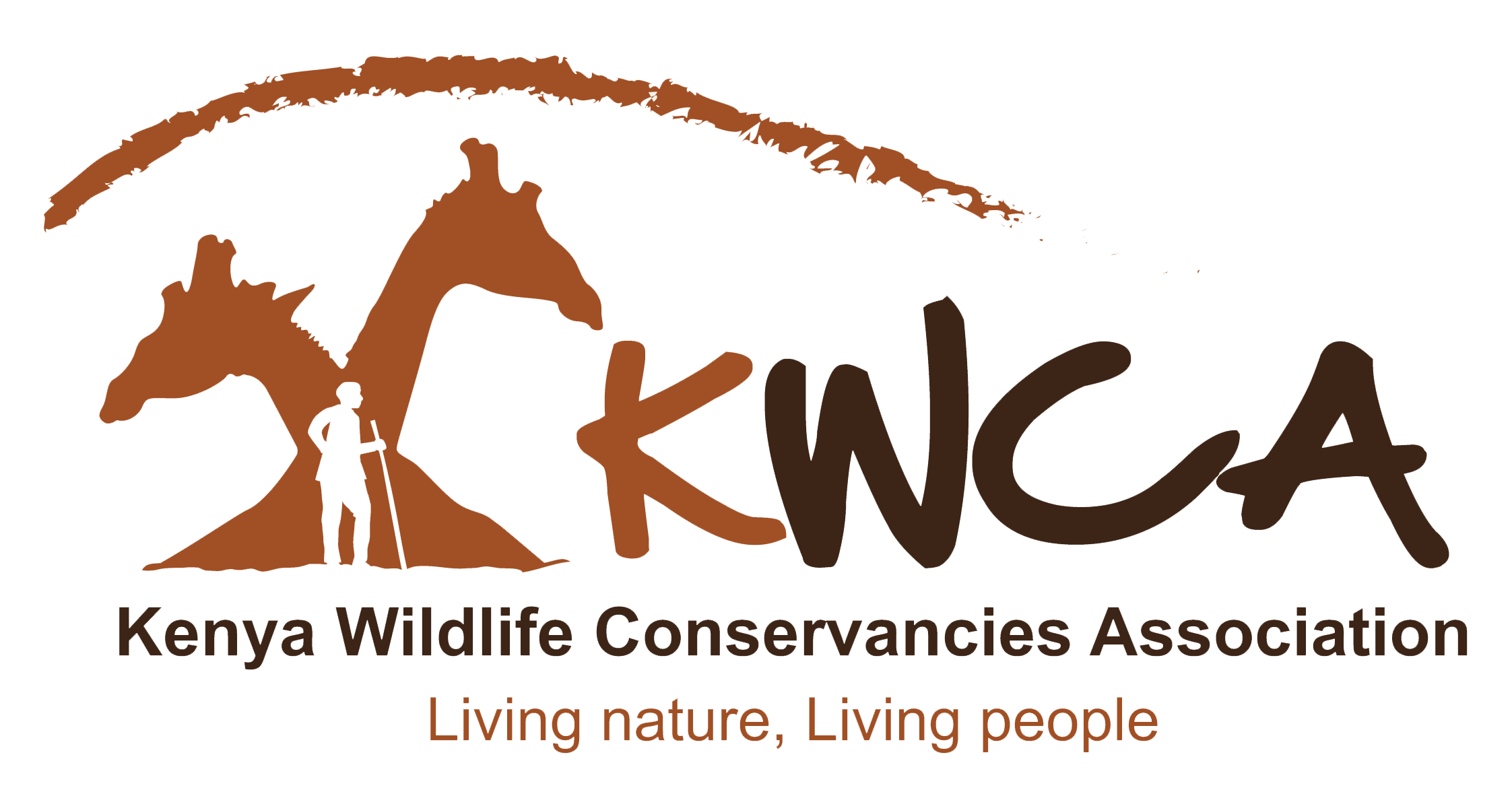KWCA is part of Kenya’s government delegation attending the Convention on International Trade on Endangered Species (CITES) Conference of Parties (CoP19) in Panama City in Central America between 14-25th November 2022.
Kenya is a signatory State to CITES, ratified in December 1978. Article 2(6) of the Kenyan Constitution defines CITES implementation. Kenya regulates the international trade of certain species listed in the Appendices of the Convention (Appendix I, II and III) to ensure that the international trade of wild animals and plants does not threaten their survival in the wild. The Kenya Wildlife Service (KWS) is the designated management and scientific authority implementing the Convention.
CoP 19 will result in major decisions on a global scale on a large number of wild animals and plant species subject to international trade, including many that are subject to poaching and trafficking. Among the 89 Agenda items and 52 listing proposals for deliberation include discussions on the engagement of Indigenous Peoples and Local Communities (IPLCs), Livelihoods and Participatory mechanisms for rural communities.
Kenya was adopted as the IPLC inter-sessional working group chair in COP18, and KWS has been working with KWCA to address the engagement of IPLC in CITES processes and how communities benefit from CITES-listed species.
The role of Communities at CITES
International trade in wildlife and their products directly impacts communities that share space with wildlife and rely on them for social, economic and cultural development, being a source for medicine, food, culture, livelihood (employment, income) aesthetics, among other uses. Over 65% of Kenya’s wildlife is found within the community and private lands; Conservancies host a variety of CITES-listed endangered and threatened wildlife species.
Community involvement in CITES processes is an agenda that has gained traction in the recent COP 17, 18 and 19 meetings.
Communities’ sustainable use and conservation of wildlife resources and other biodiversity have widely been recognised and aligned with the CITES Preamble, which acknowledges that peoples and States are and should be the best protectors of their wild fauna and flora.
KWCA Advocacy at CITES seeks to;
- Pursue the establishment of the inter-sessional Working Group on CITES and Livelihoods, whose mandate will include a review of the impacts of trade on IPLC’s livelihoods;
- Maintain the inter-sessional working group on IPLCs, established in COP 18, to which KWCA is a member, to discuss and propose means for engagement of IPLC on CITES processes
- Examine and agree on the terminology used when referring to indigenous peoples, local communities and rural communities.
- Develop guidance for Parties when consulting with IPLCs on proposals to amend the Appendices.
KWCA, with financial support from USAID Kenya and The Nature Conservancy (TNC), is supporting Kenya’s conservancy network to inform and advocate sound decisions on community-related agenda items. CEOs of three landscape conservancy associations from Maasai Mara Wildlife Conservancies Association (MMWCA), Amboseli Ecosystem Trust (AET) and NRT Coast will support KWCA’s Policy Advocacy Coordinator in participating in the negotiations and panel discussions.
As part of the national CITES technical working committee, KWCA participation at CITES will specifically seek to;
- Support the Kenyan government as the lead partner on community engagement to draft and advocate for interventions on IPLCs and Livelihoods agenda.
- Enhance voice and recognition of Kenya’s community conservation model and strengthen the case for objective integration of IPLCs in CITES processes.
- Showcase conservation progress and wildlife use benefits by the Kenya conservancy model through two-panel discussions and an exhibition.
- On 17th Nov 2022, KWCA will build a case on sustainable wildlife use options adopted by conservancies titled “Who Benefits? IPLCs and Wildlife Use”.
- On 22nd Oct, KWCA will participate in a panel discussion hosted by the Conservation Alliance of Kenya to highlight issues of Human-wildlife conflict, connectivity and co-existence under the conservancy model.
Posted on

